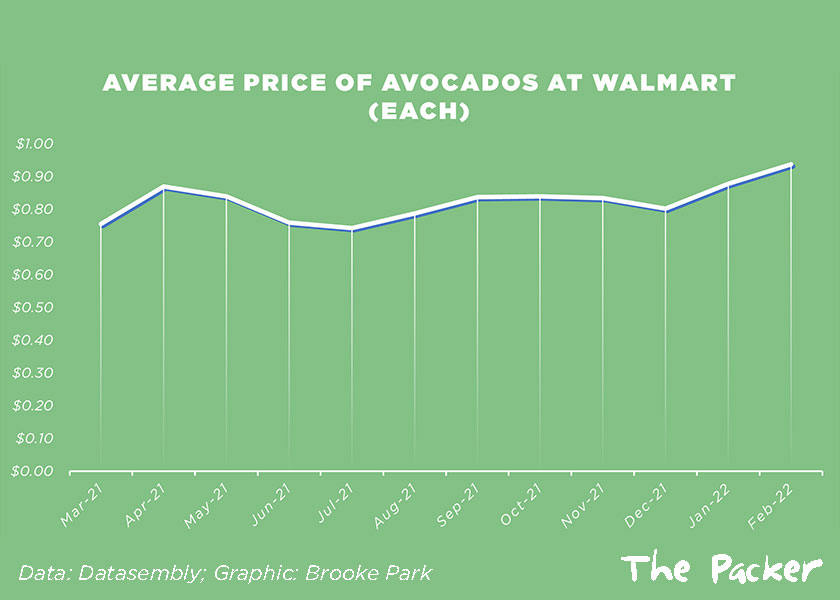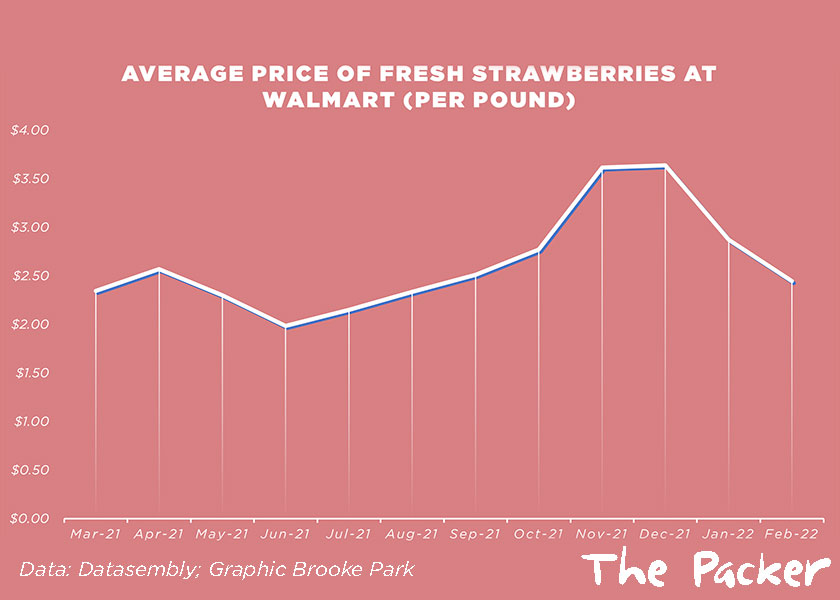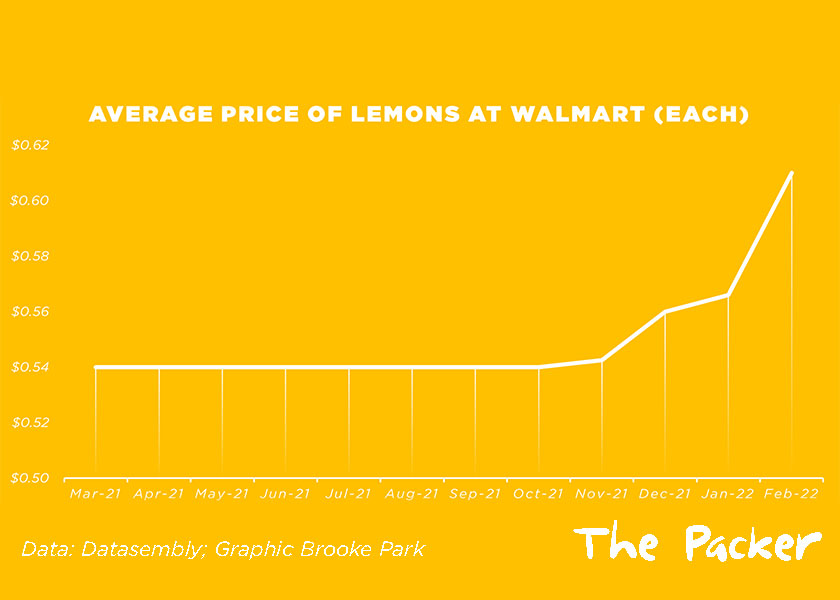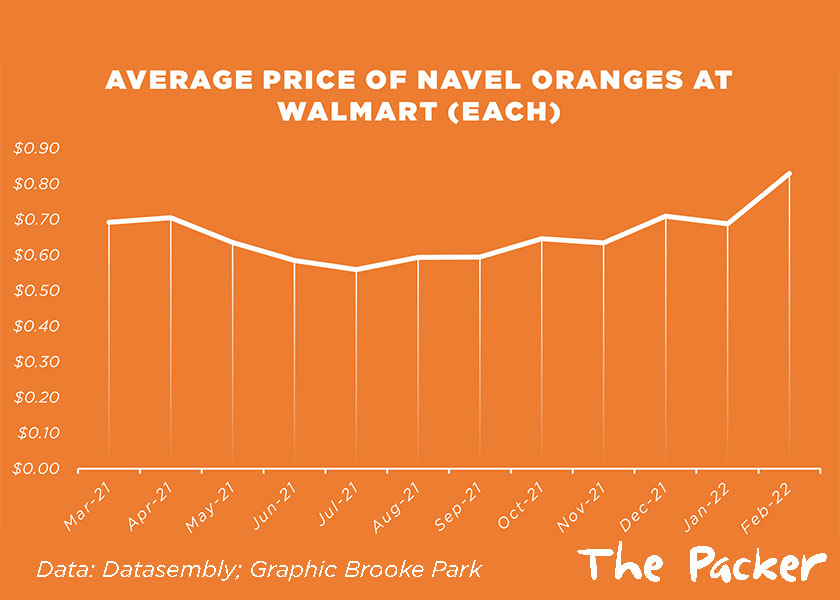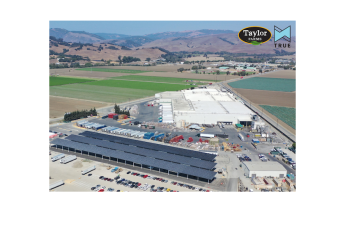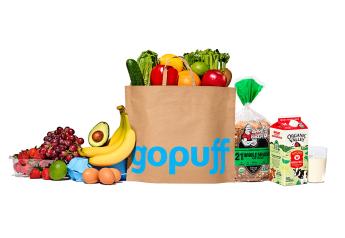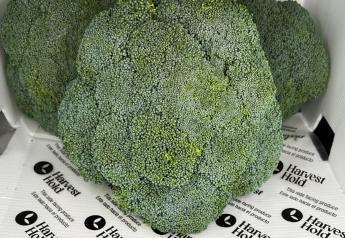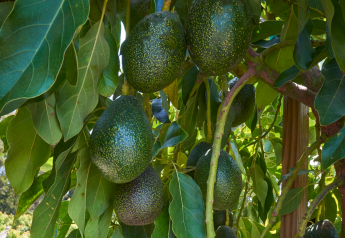Retailers have even more tools to handle soaring produce prices
Soaring prices: It’s on pretty much every produce person’s mind.
Inflation in January and February was at 3.0%, outpacing all of fourth-quarter 2021 at 2.4%, in just two months, according to Datasembly, which provides access to billions of grocery and retail pricing records from every store at hundreds of retailers.
The technology platform enables users to obtain and share hyperlocal pricing, promotions and assortment insight. The Grocery Price Index measures weekly changes in pricing for grocery products using data collected from over 130,000 stores and over 180 retail banners that span over 30,000 ZIP codes across the United States.
Nationally, grocery price inflation rose to 0.7% in February.
“Across the board, it seems like no category is really immune to the pricing pressure that's felt across the grocery store right now,” said Ben Reich, Datasembly CEO and founder. He’s featured in the 75th episode of the Tip of the Iceberg Podcast.
As of January 12, the top three categories demonstrating dramatic inflation year over year were: produce (12.1%), meat and seafood (9.7%), and condiments, sauces, and spices (8.7%).
These three categories spiked through the end of 2021 and continued to rise in January.
“But we do see, especially most recently, some real increased push on the prices of produce,” he said. “And you're seeing trends that are not store specific, not region specific, not category specific, but really, that lowest level of granularity — that specific items at specific stores or specific regions are experiencing this pricing pressure, and in different ways. And so, it's a really complex situation that we're all facing.”
With hyperlocal price movements, even two stores of the same retail banner in the same metro area might have a different strategy when it comes to which products they're taking the price on and which ones they're passing the price increase on to the shopper, he said.
“It's kind of the Wild West out there, when it comes to this kind of new normal, this level of price granularity that we're seeing in the market,” Reich said.
Potatoes and avocados
Reich said potatoes and avocados stand out among all produce price increases.
The industry is likely already aware of the issues of producing enough potatoes and supply chain delays in that category, he said.
Datasembly tracked a 19% increase in January’s average potato price, with some metro areas seeing an increase of 50%, or even close to 60%. “Quite shocking numbers,” Reich said.
The other standout has been avocados, unsurprising given the short-term ban of imports from Mexico in February. Avocado prices were very responsive to that action, he said.
“Whether that was an immediate action or an excuse the retailers were using, given the shopper expectations, that's another factor that you always have to think about here, how much these stories of inflation and price increases prime the shopper to expect higher prices, giving the retailer an opportunity to take price on certain categories and kind of managing that story themselves,” Reich said.
Datasembly has tracked avocado price hikes across the board. There was an almost 50% average price increase in the January 22 week for the single hass avocado, he said.
Retailer pricing strategies
Retailers can play with price perception even as they are increasing price, he said.
Selling multipacks of avocados enable retailers to sell three or five at a time to affect their margins game, even as they're increasing price.
“You’ll see certain items that used to be sold individually suddenly bagged up, or vice versa, or assortment changes where perhaps the organic avocado that they would suddenly need to sell for $3 each to make any sort of margin is just not even available anymore,” Reich said. “And that's replaced with a nonorganic avocado.”
Assortment changes and pack changes are part of a slew of new tools available to the retailer, as they're able to affect the price hyperlocally and also provide assortment, private label, attribution and different versions of the same product.
“There’s a lot that the retailer can do now to kind of ease the shopper into the increased price environment that they are experiencing,” Reich said.
For more insights, listen to Episode 75 of the Tip of the Iceberg Podcast.


